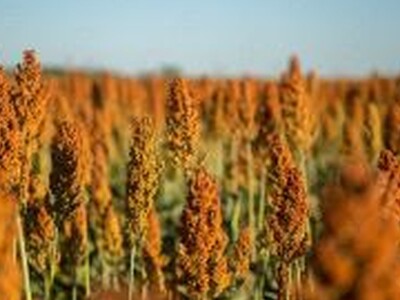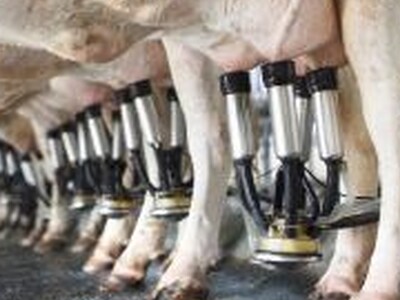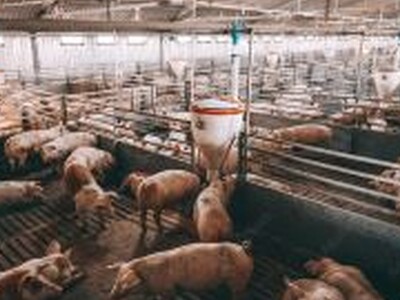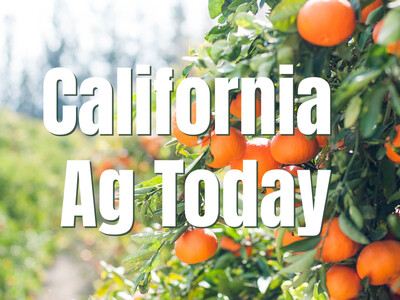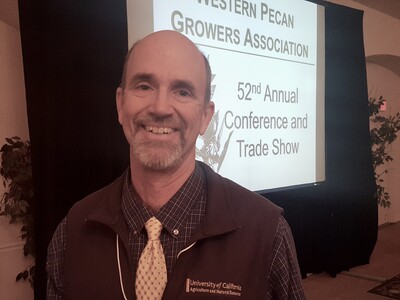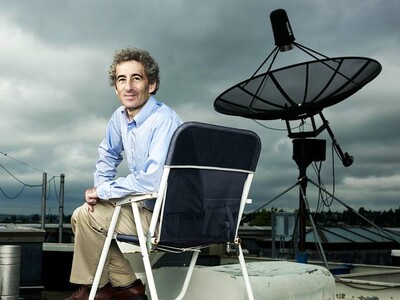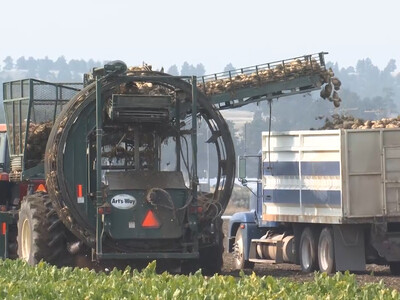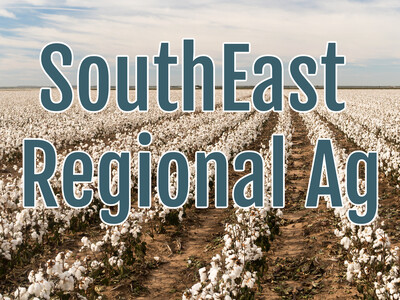Looking Into AgSTAR
Looking Into AgSTAR. I’m Greg Martin as Line On Agriculture presents the Harvest Clean Energy Report.
Anaerobic digesters are slowly becoming more and more widely accepted and viable. Allison Costa is the Program Manager of the AgSTAR program.
COSTA: The AgSTAR program is a voluntary EPA program jointly sponsored by USDA and we promote the recovery and use of methane from animal manure through anaerobic digesters. And we provide educational outreach and technical assistance in a couple of different ways such as conducting farm digester extension events and conferences, providing project development tools and industry listings, conducting performance characterizations for digesters, providing farm recognition for voluntary environmental initiatives.
She says they also collaborate with federal and state renewable energy agricultural and environmental programs. The northwest is home to a number of operations
COSTA: Right now there are about a dozen dairy digesters up in the northwest and they are mostly mixed plug flow, there are a couple of different kind of innovative types. They really run a wide range-they’re anywhere on farms with 350 cows up to 10-thousand cows and a lot of them are co-digesting as well so they are taking food waste like spoiled food, fruit, broken eggs or other processing waste to put in that digester.
Most of these projects produce electricity and also capture the heat from the engines as well to heat buildings. If you have an interest in biodigesters you might want to consider attending the AgSTAR conference.
COSTA: We’re very, very happy to be back in the northwest this year. This is our 6th AgSTAR National Conference. It will be a t the Bois Conference Center from May 11-12 and we’ll be doing optional tours to a couple of dairy digesters on May 10th. Besides technical presentations on a variety of topics related to anaerobic digestion from the real world experience of digesters to successful business models to co-digesting standards there are also excellent opportunities to network and talk to different vendors and members of the industry.
There are over 160 systems online at present and Costa says there are a couple of things needed to make them widely adopted.
COSTA: First of all generally the ones that do the best are practical and you can easily integrate them into current farm operations so when you look at new technology you always have to make sure it’s going to work on your farm. Secondly and this is always a big question is the economics have to be favorable. If the systems aren’t affordable.
For additional information on clean energy, visit harvestcleanenergy.org. That’s today’s Line On Agriculture. I’m Greg Martin on the Ag Information Network.???





